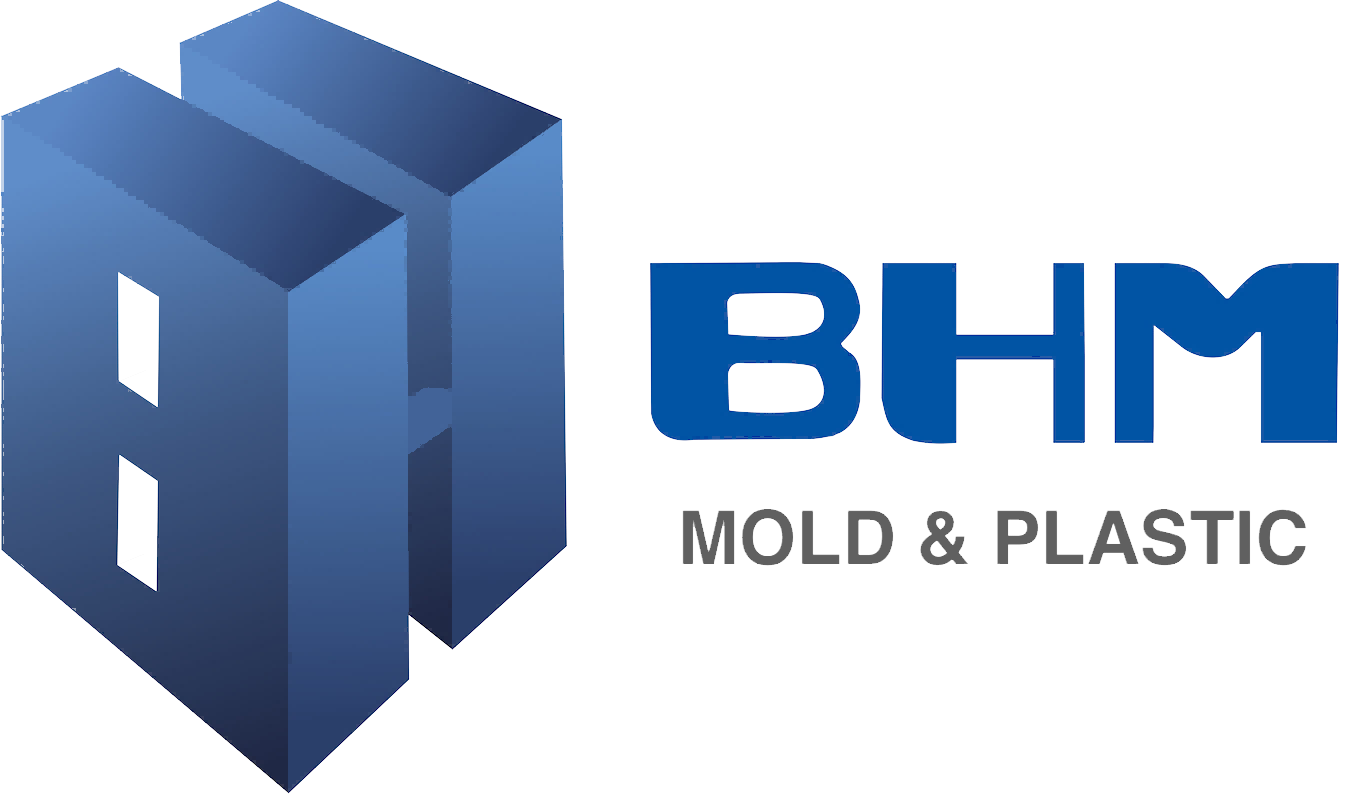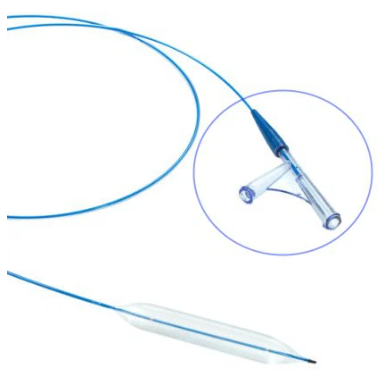Material Compliance and Biocompatibility in Medical-Grade OEM Molding
FDA-Approved Materials for Medical Applications
FDA regulations play a pivotal role in ensuring the safety of materials used in medical devices. These regulations mandate that manufacturers utilize materials that comply with stringent standards to prevent adverse reactions in patients. For instance, FDA-approved materials like silicone, polycarbonate, and polyurethane are widely used in medical-grade OEM molding due to their proven biocompatibility and mechanical properties. Using such materials is crucial to avoid complications that could result in devices being removed from the market. A 2018 report highlighted that nearly 7% of medical devices were recalled due to material non-compliance, underscoring the critical need for regulatory adherence in selecting suitable materials.
ISO 10993 Testing for Biocompatibility
The ISO 10993 standard is essential for assessing the biocompatibility of materials used in medical devices. It encompasses a series of tests designed to evaluate cytotoxicity, irritation, and sensitization, ensuring that materials are safe for patient use. Conducting biocompatibility tests before a product launch is vital for patient safety and reflects a manufacturer's commitment to regulatory compliance. Failure to meet these standards can lead to significant health risks, as evidenced by the recall of numerous medical Products due to biocompatibility failures. According to a study published in the Journal of Biomedical Materials Research, non-compliance with ISO 10993 testing has resulted in compromised patient health, reinforcing the importance of thorough biocompatibility assessments.
Precision Manufacturing and Quality Control Standards
Tight Tolerance Requirements for Critical Components
Tight tolerance refers to the stringent limits within which a component's dimensions must remain to ensure proper functionality and fit. In medical-grade OEM molding, adhering to tight tolerances is crucial as it directly affects the performance of critical components like surgical instruments and implants. For instance, a scalpel handle with exact specifications ensures precise surgical procedures, aligning with industry reports that highlight the impact of manufacturing precision on patient outcomes. To achieve these exacting standards, advanced techniques such as CNC machining and laser cutting are employed. These technologies allow for exceptional accuracy, ensuring that the final product adheres to the requisite specification and quality standards.
Cleanroom Environment Specifications
Maintaining a cleanroom environment in medical device manufacturing is paramount due to the stringent hygiene and contamination control standards required. Different cleanroom classifications, such as ISO Class 7 and ISO Class 8, are defined based on particle count and hygiene levels. Ensuring compliance involves rigorous practices like high-efficiency air filtration and strict personnel gowning protocols. Data from manufacturing environments indicate increased contamination rates when cleanroom standards are not strictly enforced, demonstrating the importance of adhering to these protocols. These measures are crucial for ensuring the hygiene and safety of medical devices, which is intrinsic to patient safety and the efficacy of medical treatments.
Regulatory Compliance and Industry Certifications
ISO 13485 Certification Essentials
ISO 13485 is a pivotal standard for quality management systems, specifically tailored to the medical devices sector. Attaining this certification assures a company’s commitment to maintaining stringent quality controls, which are vital in healthcare product manufacturing. Key requirements for achieving ISO 13485 often include comprehensive documentation and robust risk management strategies. These elements help ensure consistent quality and compliance throughout production. The impact of this certification extends beyond compliance; it greatly enhances marketability by bolstering trustworthiness in the medical device industry. Many companies report improved quality processes following certification—with statistical reports indicating that over 70% have noted significant enhancements in their operational efficiency.
FDA 21 CFR Part 820 Compliance
The FDA 21 CFR Part 820 regulation is fundamental to medical device manufacturing, outlining the necessary practices for ensuring product quality and safety. Critical areas of compliance include design controls, production processes, and documentation procedures. Non-compliance can lead to severe consequences, such as penalties and product recalls, highlighted in several notable case studies. For instance, a major manufacturer faced forced recalls due to inadequate adherence to design control protocols. To mitigate these risks, companies are advised to adopt strategies like regular audits and comprehensive employee training programs to ensure compliance with FDA regulations. These practices not only prevent costly repercussions but also safeguard a company's reputation in the medical device industry.
Sterilization Compatibility and Product Durability
Autoclave Resistance Testing Protocols
Autoclave resistance is crucial for medical devices that require sterilization because these devices must endure high temperatures and pressures without compromising their integrity. Proper testing protocols are essential to assess how well a material can withstand autoclave conditions. These protocols include subjecting materials to repeated cycles of high-pressure steam to evaluate their durability. Certain materials like silicone and Viton™ have demonstrated excellent autoclave resistance, which is significant in applications ranging from surgical tools to sterilization mats. Data show that device failures often occur due to insufficient autoclave resistance, underlining the need for compliance with established standards to ensure safety and functionality.
Chemical Compatibility With Disinfectants
In medical settings, various disinfectants such as bleach and alcohol are routinely used, making chemical compatibility a necessity for medical-grade materials. Testing methods are designed to assess a material's resilience when exposed to these harsh chemicals. Such methods evaluate potential effects like discoloration, swelling, or deterioration. The consequences of incompatibility are severe, leading to product degradation and posing safety risks in healthcare environments. To mitigate these risks, best practices include selecting materials specifically tested and proven to have high chemical compatibility, ensuring their durability and performance under common disinfectant exposure.
FAQs
What are FDA-approved materials for medical-grade OEM molding?
FDA-approved materials for medical-grade OEM molding include silicone, polycarbonate, and polyurethane, which are known for their biocompatibility and mechanical properties.
Why is ISO 10993 testing important for medical devices?
ISO 10993 testing is crucial for evaluating the biocompatibility of materials used in medical devices, ensuring they are safe for patient use.
What are the benefits of ISO 13485 certification?
ISO 13485 certification ensures stringent quality controls, improves marketability, and enhances trustworthiness in the healthcare product manufacturing sector.
How does autoclave resistance testing impact medical devices?
Autoclave resistance testing evaluates a material's durability and ability to withstand sterilization processes without compromising device integrity.
Why is chemical compatibility testing necessary?
Chemical compatibility testing ensures that medical-grade materials can withstand exposure to common disinfectants without degrading.

